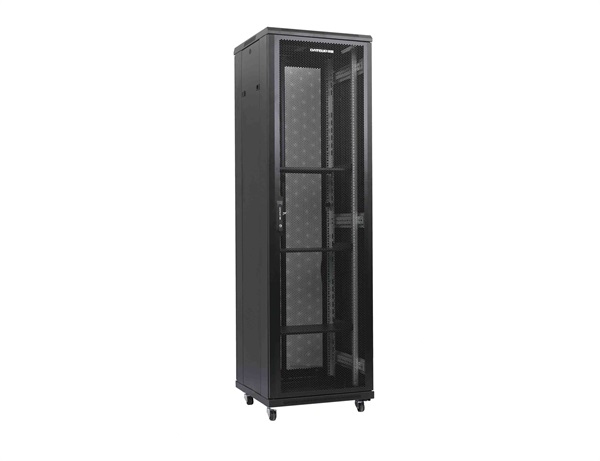News
Site Editor
 Site
https://leonetworkgroup.usa18.wondercdn.com/uploads/image/5fe152faa587d.png
Punching down a patch panel is a necessary part of creating a structured cabling system that efficiently manages network connections. A patch panel is a piece of hardware that allows network cables to be terminated and connected on one end, while the other end is connected to the network equipment such as a switch or router. The process of punching down a patch panel involves connecting the wires
Site
https://leonetworkgroup.usa18.wondercdn.com/uploads/image/5fe152faa587d.png
Punching down a patch panel is a necessary part of creating a structured cabling system that efficiently manages network connections. A patch panel is a piece of hardware that allows network cables to be terminated and connected on one end, while the other end is connected to the network equipment such as a switch or router. The process of punching down a patch panel involves connecting the wires
How To Punch Down Patch Panel
Views: 462
Author: Site Editor
Publish Time: 2023-07-13
Origin: Site
Punching down a patch panel is a necessary part of creating a structured cabling system that efficiently manages network connections. A patch panel is a piece of hardware that allows network cables to be terminated and connected on one end, while the other end is connected to the network equipment such as a switch or router. The process of punching down a patch panel involves connecting the wires from each cable to the corresponding terminal block on the patch panel.
Here are the steps to punch down a patch panel:
Step 1:
Select the appropriate patch panel for your needs. There are various types of patch panels available in the market, such as Cat5e, Cat6, and Cat6a. Choose the one that is compatible with your network cabling and requirements.
Step 2:
Prepare the cables that will be punched down on the patch panel. The cables should have the right length and be stripped of the outer jacket, exposing the individual wires. Ensure that the wires are untangled and ready to be terminated.
Step 3:
Identify the corresponding wire pairs based on the color coding. In a standard T568B wiring scheme, the wire pairs are as follows:
- Pair 1 (white/blue and blue)
- Pair 2 (white/orange and orange)
- Pair 3 (white/green and green)
- Pair 4 (white/brown and brown)
Step 4:
Insert the wire pairs into the IDC (insulation displacement connector) slots on the patch panel. Use a punch-down tool to push the wires firmly into the slots. Make sure that each wire is fully inserted and seated flush with the terminal block. The punch-down tool will cut and make a connection between the wire and the terminal, ensuring proper termination.
Step 5:
Repeat the process until all the wires from the cables are terminated on the corresponding terminal blocks. Be careful not to cross or mix up the wire pairs, as this can result in poor network performance or connectivity issues.
Step 6:
Test the connections by using a cable tester or network analyzer to verify connectivity and signal quality. This step is crucial to ensure that the patch panel and cable terminations are functioning correctly and meeting the required standards.
In conclusion, punching down a patch panel may seem like a daunting task, but following the above steps will help ensure that your structured cabling system is properly configured for optimal network performance and reliability. Remember to always use quality patch panels and tools, and follow industry standards and best practices to achieve the best results.
If you want to know more about industrial network cabinet,china fiber optic splice closure,china fiber optic distribution box,please consult the fiber optic splice closure factory









